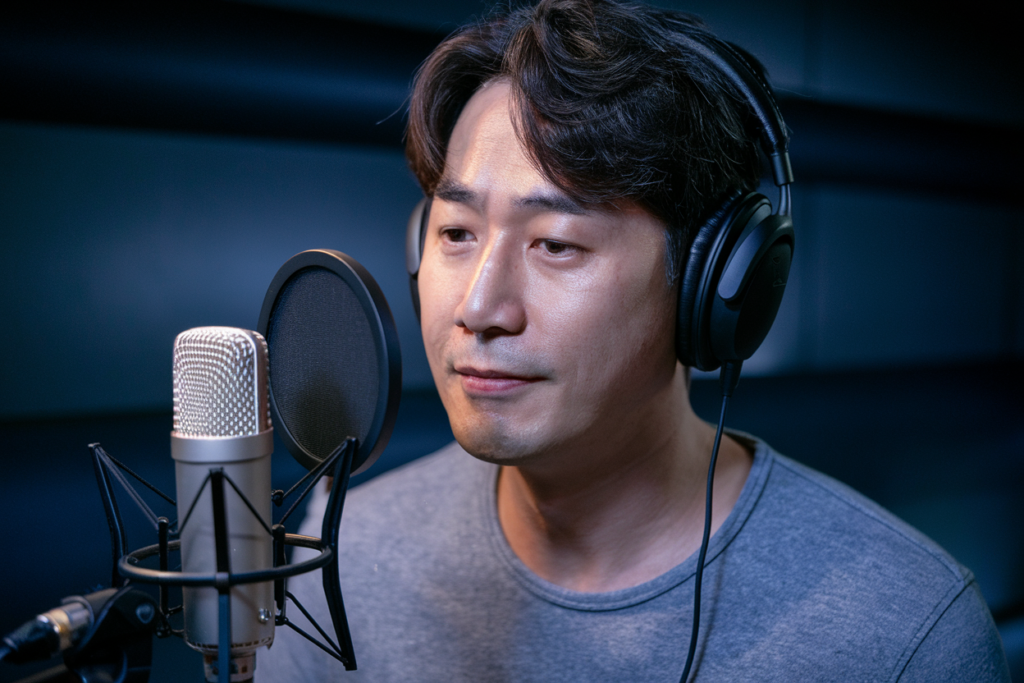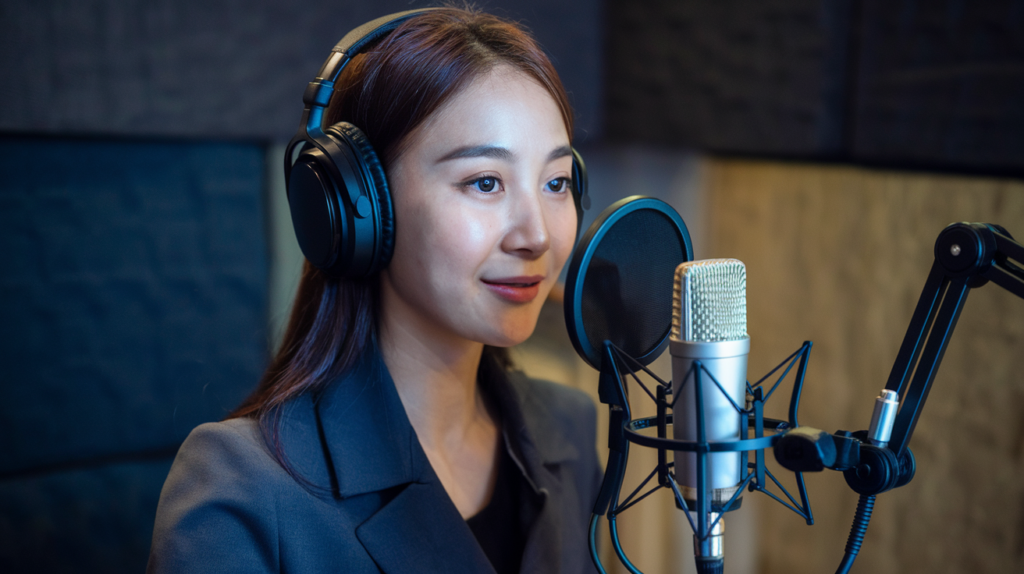Key Takeaways
- Regional Dialects: Korean language features distinct regional dialects, each reflecting local culture and history, such as the clear Seoul dialect and the energetic Busan dialect.
- Cultural Identity: Language variations serve as a lens into cultural identity, showcasing diverse traditions, customs, and social norms unique to each region.
- Historical Influences: Historical events like invasions and migrations have shaped Korean dialects over time, contributing to the linguistic diversity seen today.
- Geographical Impact: Geography significantly influences language evolution, with urban areas exhibiting faster-paced speech and rural regions preserving traditional expressions.
- Media’s Role: The influence of media and technology accelerates language change by introducing new phrases and slang that transcend regional boundaries.
- Connection Enhancement: Understanding these dialectal nuances enriches communication with native speakers and fosters deeper cultural appreciation.
Ever wondered why Korean sounds so different depending on where you are? The fascinating world of regional dialects in Korea offers a glimpse into the rich tapestry of culture and history that shapes language. From Busan’s lively tones to Seoul’s crisp pronunciation, each area boasts its own unique flavor.
Overview of Korean Language Variation
Korean language variation across regions showcases a rich tapestry of dialects, each with distinct characteristics. These regional differences not only reflect the local culture but also highlight historical influences that shaped them.
Dialect Differences
- Seoul Dialect: Known for its clear pronunciation and standard intonation, this dialect serves as the basis for formal Korean used in media and education.
- Busan Dialect: This dialect features lively tones and unique expressions, giving it an energetic flair. Locals often use specific slang that might puzzle non-natives.
- Jeolla Dialect: Identified by softer sounds and varied intonations, Jeolla’s dialect has an endearing quality that’s recognized by its melodic rhythm.
- Gyeongsang Dialect: Characterized by sharp consonants and strong vowel sounds, this dialect often comes across as more assertive compared to others.
- Incheon and Gyeonggi Dialects: Slightly different from Seoul’s speech, these variations include subtle nuances in vocabulary and accent that can be noticeable to attentive listeners.
Cultural Reflection
Regional variations serve as a window into cultural identity. Each area boasts its own traditions, food preferences, and social norms—factors that influence language use. For example, certain phrases or terms may be common in one region but completely foreign in another due to differing customs or lifestyle elements.
Historical Influences
Historical events have left their mark on Korean language variation too. The impact of invasions, migrations, and interactions with neighboring countries contributed to the linguistic diversity observed today. Over time, these historical shifts led to the evolution of distinct vernaculars tied closely to geography.
Understanding these regional nuances enriches your interaction with native speakers and enhances your overall appreciation for Korean culture. Whether you’re planning a trip or trying to connect with someone from Korea, recognizing these differences elevates communication beyond mere words—it fosters genuine connections rooted in cultural understanding.
Regional Dialects of Korean
Korean dialects vary significantly across regions, each reflecting the area’s unique culture and history. Understanding these dialects enhances your appreciation for the language and fosters deeper connections with native speakers.
Gyeonggi Dialect
The Gyeonggi dialect serves as a basis for standard Korean. Found in the Seoul metropolitan area, this dialect features clear pronunciation and intonation patterns. You’ll notice its crispness during conversations, making it accessible for learners. The vocabulary incorporates many terms from both traditional and modern contexts, often influenced by media from Seoul.
Busan Dialect
The Busan dialect is known for its energetic tone and distinctive slang. It has a lively rhythm that can feel quite different from standard Korean. If you listen closely, you’ll catch unique expressions that reflect local customs and humor. This dialect embodies the spirited nature of Busan’s residents, showcasing their pride in regional identity.
Jeolla Dialect
The Jeolla dialect stands out with its softer and melodic qualities. You might find it more lyrical than other regional variations, which adds charm to everyday conversation. This dialect emphasizes certain vowel sounds differently compared to others, creating a warm atmosphere in dialogue. It’s often associated with hospitality—something deeply rooted in Jeolla’s rich cultural traditions.
Understanding these regional nuances not only aids communication but also enriches your experience of Korea’s diverse culture through language.
Influence of Geography on Language
Geography plays a significant role in shaping the Korean language. Regional variations arise from local customs, traditions, and historical influences that mold the way people communicate. Understanding these geographical impacts provides insight into the rich tapestry of Korean dialects.
Urban vs. Rural Differences
Urban areas often showcase faster-paced speech patterns and contemporary slang influenced by media and technology. In contrast, rural regions maintain traditional expressions and pronunciation styles reflective of their cultural heritage. For instance, Seoul’s dynamic dialect contrasts sharply with the more relaxed tones heard in Jeolla or Gyeongsang provinces. This divergence highlights how urban environments can accelerate language evolution while rural settings preserve linguistic history.
Coastal vs. Inland Variations
Coastal communities tend to develop unique dialects influenced by maritime culture and interactions with diverse populations. These coastal variations may introduce distinct vocabulary related to fishing or trade, which inland areas might lack entirely. Additionally, accents can differ dramatically; for example, Busan’s energetic tone resonates with its seaside atmosphere while inland regions exhibit a steadier rhythm in speech patterns. Such distinctions underscore how geography not only shapes language but also reflects the lifestyle of its speakers.
Cultural Impact on Language Change
Korean dialects showcase how culture influences language. Each region’s unique customs, traditions, and history shape the way people communicate. From local food to social norms, these factors contribute significantly to linguistic variations.
Influence of Media and Technology
Media plays a crucial role in shaping language. Television shows, films, and online platforms introduce new expressions and slang that often spread beyond their original regions. For instance, popular dramas set in Seoul may lead viewers from other areas to adopt certain phrases or accents. Additionally, technology enhances communication through mobile apps and social media, allowing for rapid exchange of ideas and terms across different dialects. This cross-pollination results in a blend of regional features that keep evolving as trends change.
Historical Context and Changes
Historical events greatly impact language. Migrations, invasions, and cultural exchanges leave lasting impressions on local dialects. For example, the Gyeongsang dialect reflects influences from historical trade routes while the Jeolla dialect echoes past agricultural practices. Such contexts provide depth to each region’s speech patterns and vocabulary choices. As society progresses—shaped by globalization—Korean continues to adapt; you might notice newer generations embracing elements from various dialects influenced by modern lifestyles.
Understanding these cultural impacts not only enriches your grasp of Korean but also deepens connections with native speakers by acknowledging their diverse backgrounds.
Conclusion
Exploring the regional variations of Korean opens up a fascinating window into the country’s rich cultural tapestry. Each dialect offers unique insights into local identities and traditions that shape communication styles. These differences extend beyond mere pronunciation; they reflect the influences of history geography and social norms.
As you delve deeper into these dialects you’ll not only enhance your understanding of the language but also appreciate the vibrant culture behind it. Engaging with native speakers in their regional dialect can foster meaningful connections and enrich your experience whether you’re traveling studying or simply curious about Korea’s linguistic diversity. Embrace these nuances and let them guide your journey through this beautiful language.
Frequently Asked Questions
What are the main Korean dialects mentioned in the article?
The article highlights several key Korean dialects, including the standard Seoul dialect, the energetic Busan dialect, the softer Jeolla dialect, and the assertive Gyeongsang dialect. It also touches on subtle variations found in Incheon and Gyeonggi.
How do regional variations in Korean reflect cultural identity?
Regional language differences showcase local customs, food preferences, and social norms. They provide insight into each area’s unique heritage and how historical events have influenced communication styles.
Why is the Gyeonggi dialect considered standard?
The Gyeonggi dialect is regarded as standard Korean due to its clear pronunciation and accessibility for learners. It serves as a foundation for formal education and media representation of the language.
What characterizes the Busan dialect?
The Busan dialect is known for its lively tone and distinctive slang that embodies local customs. Its energetic nature sets it apart from other regional speech patterns.
How do geographical factors influence Korean language variation?
Geography affects language by introducing unique vocabulary and accents based on local traditions and lifestyles. Coastal communities often develop distinct expressions related to maritime culture compared to inland areas.
What role does media play in changing language use among different regions?
Media influences language by spreading new expressions through television shows and social media platforms. This can lead to shared slang across regions while still preserving local nuances.
How do urban speech patterns differ from rural ones in Korea?
Urban speech tends to be faster-paced with contemporary slang, reflecting modern influences. In contrast, rural speech often maintains traditional expressions that highlight regional heritage.







